There is a certain magic to New Orleans that transcends the ordinary travel experience. It’s not just a city you visit; it’s a rhythm you feel, a story that unfolds with every step down its storied streets. For music lovers, and particularly for those enchanted by the soulful call of jazz, a journey to New Orleans is a pilgrimage. It is a trip back to the very source, to the humid, vibrant, and culturally rich cradle where this quintessentially American art form first drew breath. This isn't a vacation planned around monuments and museums alone, but a deep, resonant dive into the living, breathing heart of a musical tradition.
The story of jazz is inextricably woven into the complex tapestry of New Orleans itself. Founded as a French colony, passing briefly through Spanish hands, and ultimately becoming part of the United States with the Louisiana Purchase, the city has always been a cultural melting pot. This unique confluence of West African rhythms, Caribbean melodies, European harmonic structures, and American brass band traditions created a fertile ground for something new. In the late 19th and early 20th centuries, in the crowded streets of neighborhoods like Storyville and Tremé, these sounds began to fuse. The syncopated rhythms of ragtime met the emotional depth of the blues, all amplified by the powerful voices of brass instruments. This was the alchemy that gave birth to jazz.
To understand this genesis, one must start in Congregation Square. Now a part of Louis Armstrong Park, this area was the very epicenter of early jazz life. It was here, on Sundays, that enslaved Africans and later free people of color would gather to sing, dance, and play music, preserving African musical traditions. These "Congo Dances" were more than mere entertainment; they were an act of cultural preservation and community building. The square was a cauldron of rhythm and expression, and its spirit directly infused the music that would soon spill out into the city's dance halls and saloons. Standing there today, you can almost hear the echoes of those foundational beats, the undeniable root of the syncopation that drives jazz.
No exploration of jazz roots is complete without walking the historic French Quarter. While today it is bustling with tourists, its narrow streets and wrought-iron balconies have witnessed over a century of musical evolution. Royal Street is often alive with the sound of impromptu brass bands, their music bouncing off the ancient buildings, offering a free and utterly authentic taste of the New Orleans sound. Venture off the main drags into smaller clubs tucked away on side streets. Here, in dimly lit rooms, you will find the real keepers of the flame—venerable musicians who play not for fame, but for the pure, undiluted love of the tradition.
Yet, to confine your search to the Quarter would be a mistake. Just across Rampart Street lies Tremé, one of the oldest African American neighborhoods in the United States and arguably the true birthplace of jazz. This community nurtured the genre's earliest pioneers. A visit to the Backstreet Cultural Museum is essential. This humble institution is a treasure trove of artifacts celebrating the city's unique Black cultural traditions, including Mardi Gras Indians and jazz funerals—the very social rituals that gave jazz its purpose and its powerful emotional resonance. The museum provides context, showing that jazz was never just music; it was the soundtrack to life, death, and celebration.
For a more formal education, the New Orleans Jazz Museum at the Old U.S. Mint is unparalleled. Housed in a historic building itself, the museum offers a brilliant chronological journey through the genre's history. Its collection of instruments, sheet music, and personal effects from legends like Louis Armstrong, Sidney Bechet, and Jelly Roll Morton makes history tangible. However, the museum's true genius lies in its live performances. There is no better way to comprehend the music than to hear it played within those walls, connecting the artifacts of the past to the vibrant sound of the present.
Speaking of live performance, your itinerary must be built around music. Daytime is for history and exploration, but the night belongs to the clubs. The list of legendary venues is long and sacred. Preservation Hall is an institution. Since 1961, its mission has been singular: to protect and perpetuate Traditional New Orleans Jazz. There are no fancy drinks or elaborate menus here. The focus is entirely on the music—raw, acoustic, and powerful. It is a spiritual experience for many. For a different vibe, head to Snug Harbor on Frenchmen Street, the modern epicenter of the city's jazz scene. Here, you can hear modern jazz innovators alongside traditional masters. Frenchmen Street itself buzzes with energy, its numerous clubs offering a smorgasbord of sonic choices, from funk and brass bands to bebop and blues.
The pursuit of jazz in New Orleans is also a culinary journey. The city’s food is as much a part of its culture as its music. Enjoying a plate of jambalaya or étouffée while listening to a live band is to engage all the senses in the culture. Seek out the unassuming corner restaurants and family-owned establishments where the recipes are as old as the songs. The energy of the city reaches its zenith during its many festivals. While the New Orleans Jazz & Heritage Festival is the most famous, drawing international acts and huge crowds, the essence of the music is perhaps better felt during smaller events like the Satchmo SummerFest, which celebrates Louis Armstrong's birthday with a more intimate focus on traditional jazz.
Ultimately, a music-themed trip to New Orleans is about more than listening; it is about connection. It is about understanding that jazz was born from resilience, joy, sorrow, and an unbreakable community spirit. It is a conversation between instruments that started over a hundred years ago and has never stopped. You come to New Orleans not as a passive spectator but as a participant in this ongoing dialogue. You leave not just with memories of songs you heard, but with the rhythm of the city in your soul and a profound appreciation for the artists—past and present—who keep this beautiful, improvised conversation alive every single day.
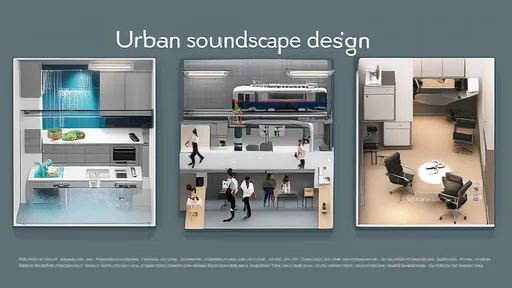
By /Aug 22, 2025
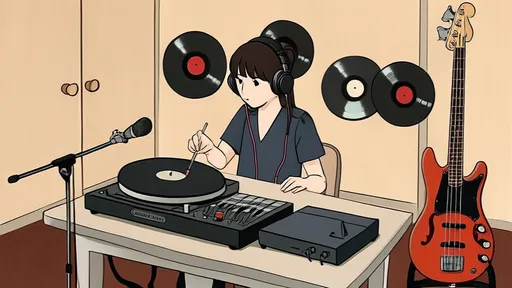
By /Aug 22, 2025
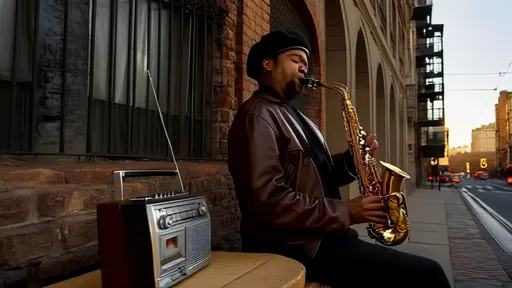
By /Aug 22, 2025
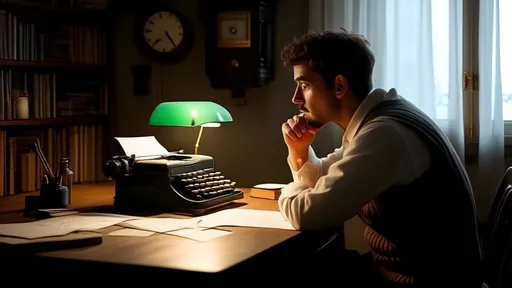
By /Aug 22, 2025

By /Aug 22, 2025
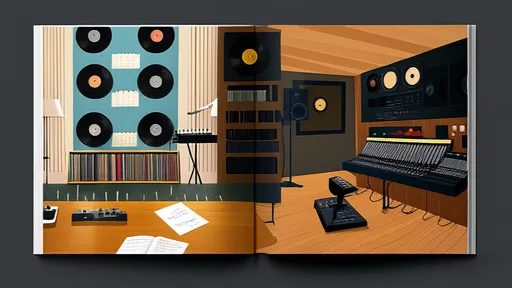
By /Aug 22, 2025
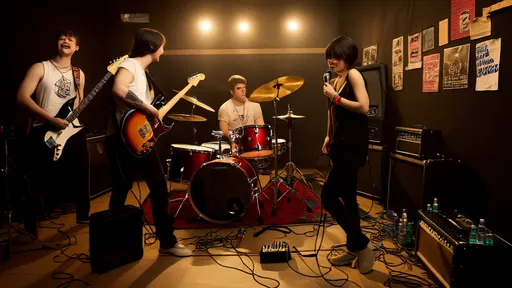
By /Aug 22, 2025

By /Aug 22, 2025

By /Aug 22, 2025
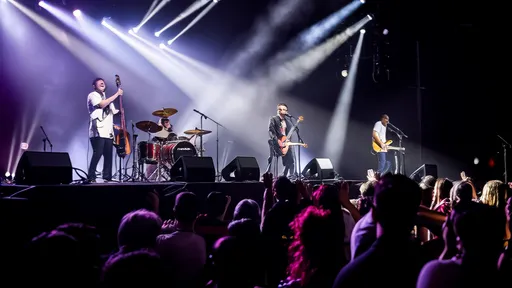
By /Aug 22, 2025
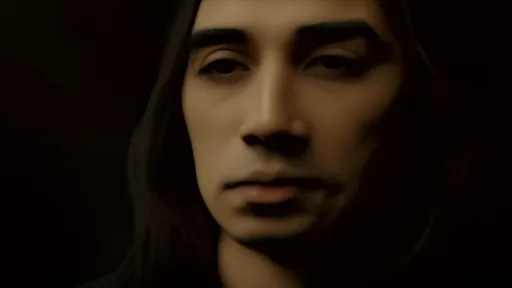
By /Aug 22, 2025
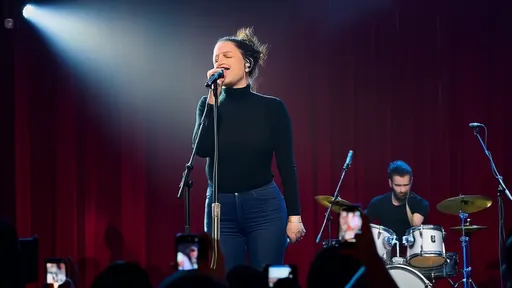
By /Aug 22, 2025

By /Aug 22, 2025
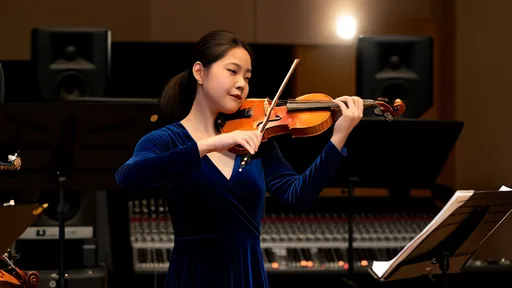
By /Aug 22, 2025

By /Aug 22, 2025

By /Aug 22, 2025
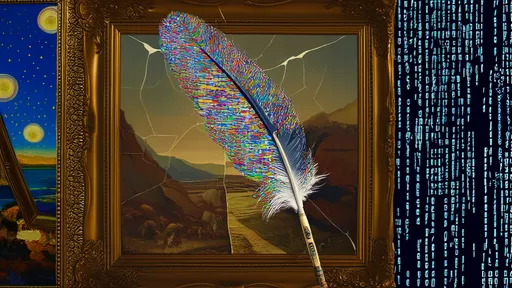
By /Aug 22, 2025
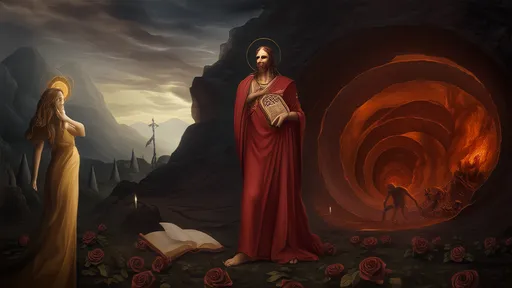
By /Aug 22, 2025
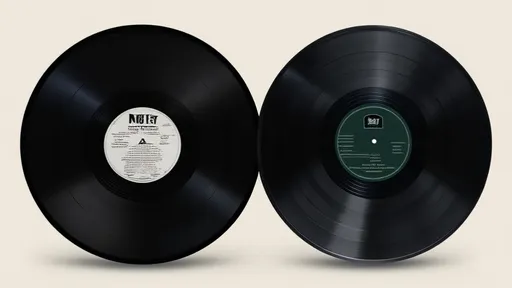
By /Aug 22, 2025
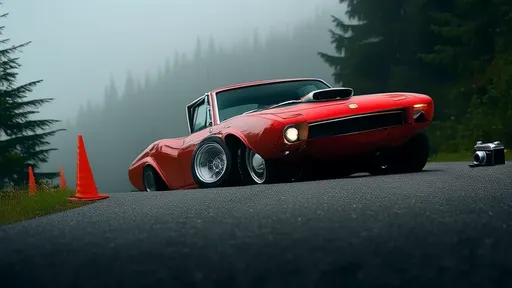
By /Aug 22, 2025